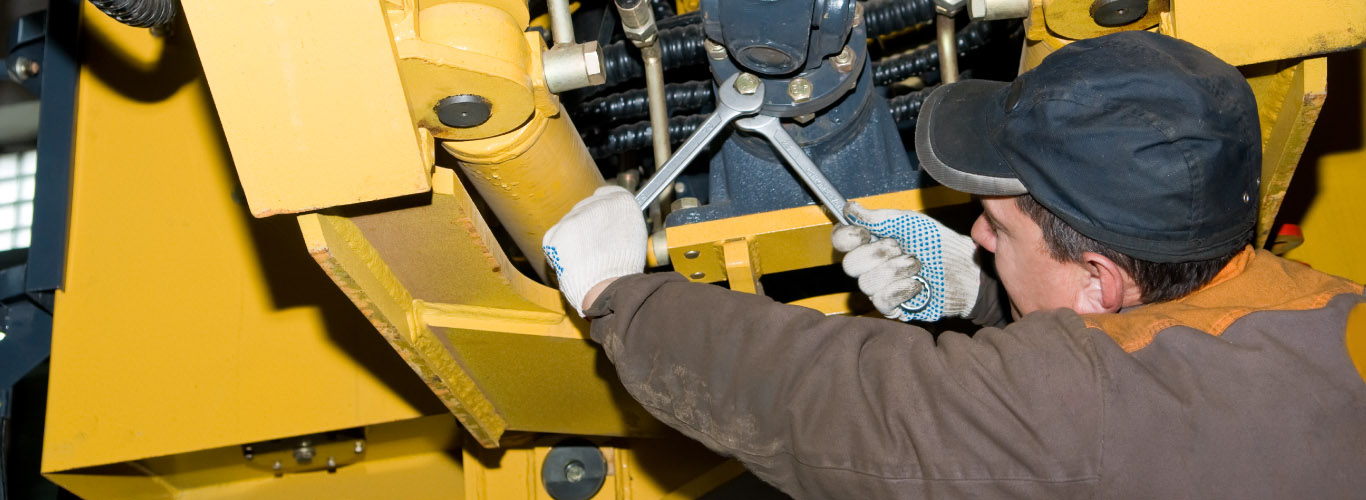How to Sanitize Heavy Equipment
Ensuring your machines are clean and disinfected is critical to keeping your team healthy and productive. The interior of trucks and equipment can serve as the perfect breeding ground for viruses and other illnesses. Throughout the typical work day, cabs may be entered by multiple operators, mechanics, and supervisors. They all touch surfaces and have the potential to either become infected or transmit the virus to the next person.
To help maintain the health of your team, we put together tips and best practices to keep everything clean and protect your crew from coronaviruses, the flu, or any other pathogens that may strike.
Choose the correct disinfectant
Not all disinfectants are created equal, and you have to find one that is effective at eliminating viruses while not damaging the interior of your machine. The best products to use are ones designed for automotive interiors, as they should not damage or discolor the vinyl, plastics, leather, or other surface materials in your equipment cab.
For the majority of hard and interior surfaces an isopropyl based cleaning product should be sufficient to sanitize and eliminate pathogens. When using an alcohol based cleaning solution, the CDC recommends concentrations of 70% or above. Follow the instructions on the product for concentration, application method, and contact time. When attempting to kill a specific virus or bacteria, check the EPA-approved disinfectant list on their website for detailed descriptions.
Always wear protective gear
Once you choose the right disinfectant product and start to clean the machine's interior, it's important to always wear latex or synthetic rubber gloves and a mask or face covering. Wearing protective equipment will keep the person cleaning safe from harmful disinfectant chemicals and prevent them from leaving new traces of a virus after they've just disinfected a surface.
Where to clean in the machine interior
It's important to clean all the interior surfaces that are likely to be touched often. Handles, joysticks, steering wheels, knobs, buttons, seat belts, seat belt latches, windows, and floor mats should be disinfected before each new person enters the machine. Like we mentioned, it's best to use a cleaner designed for car interior surfaces and then wipe dry with a highly absorbent microfiber cloth.
For sensitive display areas, use a contactless product approved by the EPA that can be sprayed and dried without needing to wipe off.
Other surfaces to sanitize
In addition to cleaning interior surfaces and controls, it's critical to sanitize all exterior machine touchpoints. Spray and wipe down the dipstick, gas cap, engine access points, handles, latches, and anywhere else likely to have contact. Upholstery should also be cleaned at least once a week with a product designed for automotive interiors. If using your own solution, avoid using anything that contains bleach to prevent discoloration.
Wash surfaces prior to disinfecting
Wash off all dirt and dust before applying your sanitizing solution to your equipment's interior and exterior. Clearing dust and debris will make the sanitation process much more effective.
If you have any questions about cleaning your equipment, contact Great Southern Equipment.

